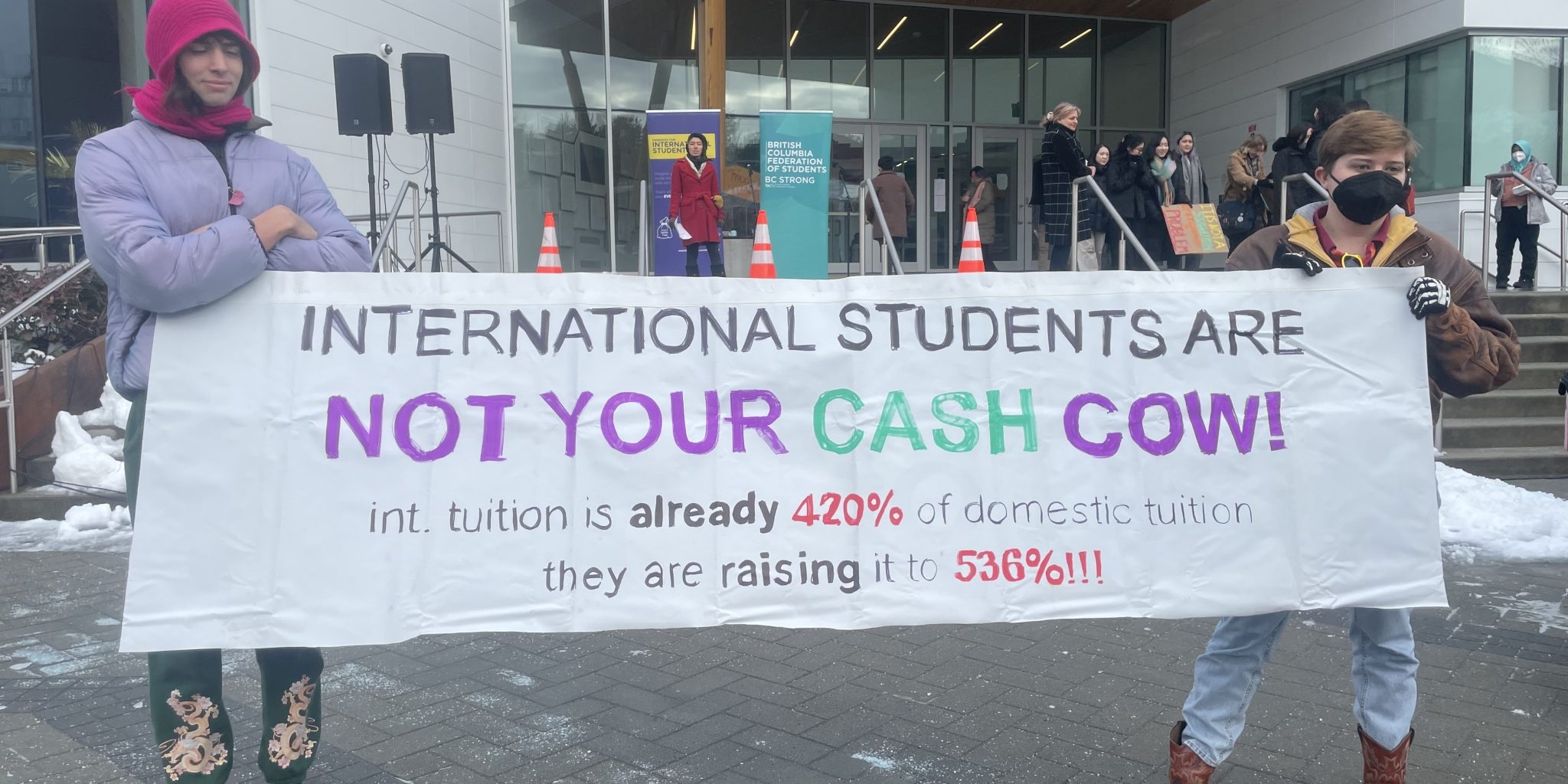In a move aimed at easing the housing crunch, the federal government’s decision to limit new international-student visas has had a tangible impact on rental markets — yet the same measure now raises urgent questions about the financial health and stability of Canada’s post-secondary institutions. According to recent analysis, fewer incoming international students have helped ease one demand-side pressure on rents. But universities and colleges that have for years relied on high international enrolments to help balance budgets now face an uncertain future.
The cap on study permits, introduced to reduce pressure on housing, health care and other public services, has shown early evidence of reducing the flood of newcomers competing for student-friendly rentals in city cores. Landlords in campus-adjacent neighbourhoods report slightly softer demand for smaller units often occupied by international students. For many renters, the drop means less competition — and in some cases, modest easing of rent growth.
Yet the relief on the rental side comes with a potential cost on the institutional side. Many Canadian colleges and universities built business models around steady growth in international enrolments. These students typically pay higher tuition fees and often live in purpose-built student rentals or near university neighbourhoods, which in turn supports local housing markets. With the visa cap shrinking the pipeline of new international students, these institutions may soon see declining revenues, putting pressure on staffing, programs, affordability and expansion plans.
Critics warn that the era of “international-student as revenue stream” has entered a new phase. If institutions cannot offset the drop in international intake, some may be forced to raise domestic tuition, cut programs, reduce services or scale back growth. For students, investors and communities reliant on student-driven housing, this could shift the dynamics of rental supply, enrolment competition and the viability of regional campuses.
Proponents of the policy argue that the cap was overdue and the benefits extend beyond housing. It may promote a shift back toward supporting domestic students, improving quality of programming and reducing the risk of exploitative arrangements tied to aggressive international recruitment. In doing so, some believe, Canada’s post-secondary sector may chart a more sustainable path.
Still, the transition is far from smooth and tensions remain. Institutions that expanded rapidly on the back of international fees are now bracing for adjustment. Stakeholders in housing, student services and regional development are watching closely: a decline in international student numbers could ripple through housing demand, rental markets and institutional finances alike.
As Canada recalibrates its international-student policy in the name of housing and sustainability, the twin challenges — keeping rents in check and preserving the vitality of colleges and universities — will require careful balancing. Whether the cap becomes a catalyst for positive reform, or triggers destabilising shocks in parts of the post-secondary sector, remains to be seen.

